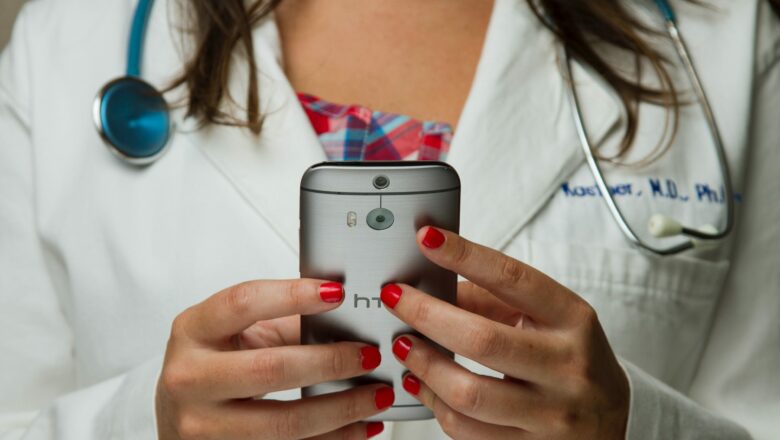Technology & Covid-19: What’s New? What’s Better? What’s Gone?
Technology & COVID: What’s New? What’s Better? What’s Gone?
The end of the year is always a time for reflection, however, with everything that has happened since the start of 2020 all the usual timelines and rules have been ripped up and thrown away.
This year has flipped back and forth between feeling long and drawn out to flying by in the blink of an eye. Since the Covid outbreak reached Europe back in the spring and quickly spread throughout the continent, the changes to our previously ‘normal’ lives have been swift and wide-ranging.
So many innovative solutions have emerged as a result of troubleshooting within the lockdown restrictions. Much of this innovation has involved technology. Pre-existing technologies were repurposed and became a requirement rather than a choice. Apps were released and spread almost as fast as the virus, remember HouseParty anyone? I have put together a list of ways in which Tech has either come to the rescue or added new possibilities in this post-Covid reality.
Contactless Payments
This technology was already available in a lot of places, but it still wasn’t everywhere. Covid has without doubt accelerated the introduction of contactless payment as the norm. Personally, I can’t see this returning to how it was pre-Covid.
Online Shopping
Here’s another area that was already increasing globally as people grew tired of the slog around the shops or battling through sales but the global pandemic has meant a lot more people finding out about the benefits of online shopping. This too is a trend that is unlikely to return to where it was, but fortunately, the upside has been a massive increase in local shops and businesses increasing their online presence, opening e-commerce sites or joining online markets to put their products and services out there.
Remote Working
Digital Readiness was a concept that was around before Covid but without a doubt, when the first lockdown got closer and closer, a lot of businesses had to make the leap with very little time to plan and implement. Those companies that had already invested in Digital Readiness were able to make this leap a lot easier. Without a doubt, the corporate world has moved to the cloud with 90% of global companies on the cloud and the most recent stat from Microsoft stating that Microsoft TEAMS now has 115 Million daily active users. This will continue with more and more companies seeking to improve agility. Early adopters of cloud are now moving their focus to security and resilience.
Telehealth
Before Covid, I was aware of one or two examples of Telehealth where doctors were holding remote sessions with patients. This has grown massively during the pandemic, both through necessity and increasingly through invention. From health insurance companies offering quick consultations to your local GP providing telehealth clinics in areas like Dermatology. The ability to share images and documentation among attendees in a virtual meeting allows for consultative discussion on tests already carried out without the need for a return trip to the hospital. Expect this trend to continue to grow long beyond the disruption of Covid.
Distance Learning
Distance learning and eLearning have really enjoyed something of a boom during Covid. Lockdown meant that people had a lot more time on their hands than they might normally. As we began to do more and more remotely, from working, shopping, socialising etc, it followed easily that we could look to upskill and use the time to our longer-term benefit.
Virtual Socialising
The lockdowns have split families. The ability to just hop in a car and bring the kids to see Granny or Grandad was changed. While nothing can beat proper face to face meetings with family, the huge increase in video calling has closed that gap somewhat. Elsewhere, for people who were missing a couple of social drinks with their friends, they took to holding virtual pub sessions, table quizzes, talent competitions. As people have gotten used to socialising in this way it has actually opened up the opportunities to reach out to those friends who you might only see once a year and share a drink.
